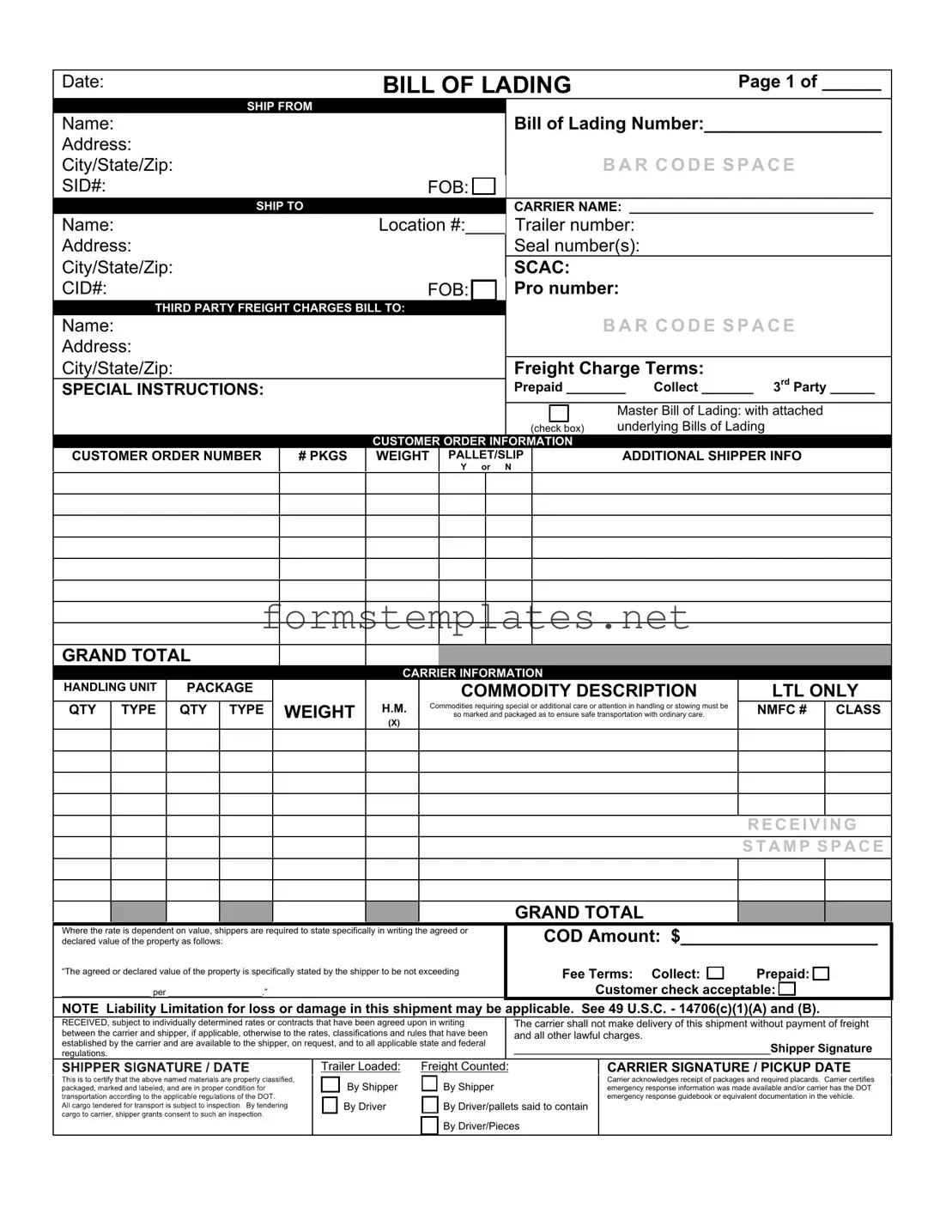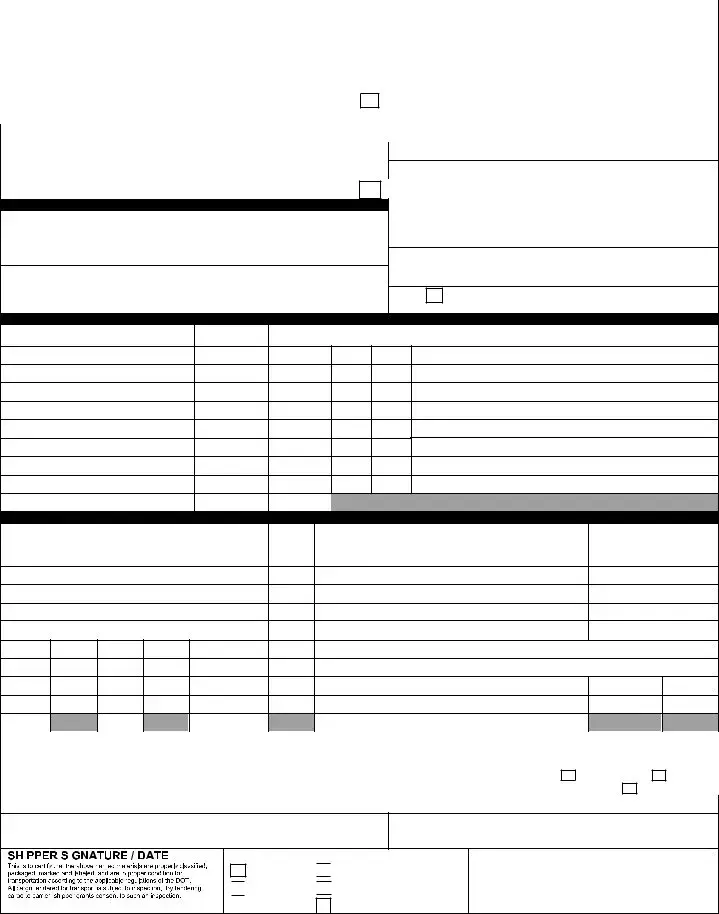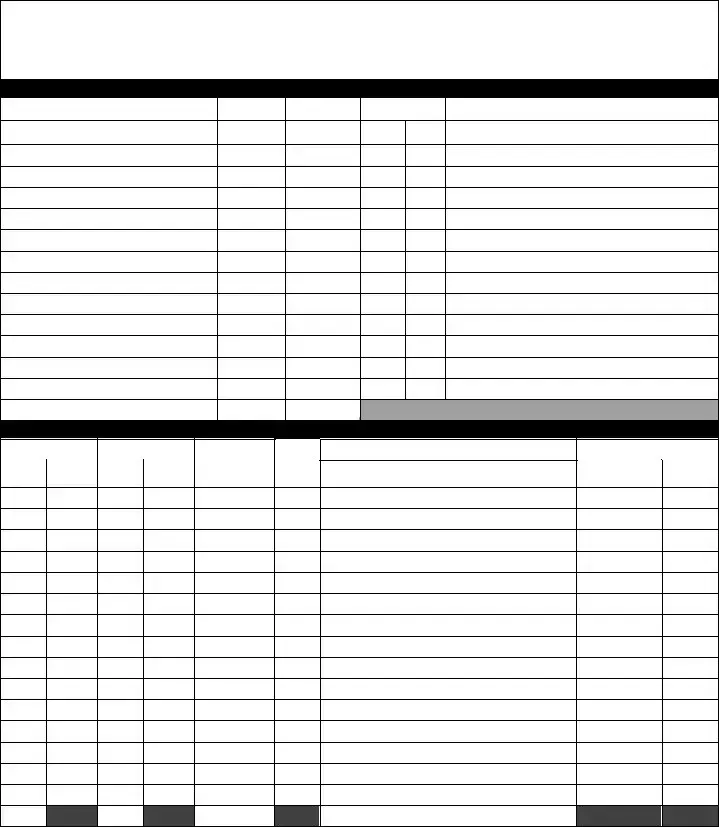What is a Bill of Lading with a Supplement?
A Bill of Lading with a Supplement is a legal document that serves as a receipt for goods being transported. It details the type, quantity, and destination of the goods. The supplement provides additional information or terms that may not be included in the standard Bill of Lading. This can be important for clarifying specific conditions or requirements related to the shipment.
Why is a Bill of Lading important?
The Bill of Lading is crucial for several reasons:
-
It acts as proof of the contract between the shipper and the carrier.
-
It provides a receipt for the goods, confirming that they have been received by the carrier.
-
It serves as a document of title, allowing the holder to claim the goods upon arrival.
Who issues the Bill of Lading?
The carrier, which can be a shipping company or freight forwarder, typically issues the Bill of Lading. They prepare the document upon receiving the goods for transport. In some cases, the shipper may also be involved in creating the document, especially in less formal arrangements.
A standard Bill of Lading includes the following details:
-
Names and addresses of the shipper and consignee.
-
Description of the goods being shipped.
-
Weight and dimensions of the shipment.
-
Terms and conditions of the transport.
-
Signature of the carrier or their representative.
How does the Supplement differ from the standard Bill of Lading?
The Supplement provides additional terms or conditions that may not be covered in the standard Bill of Lading. For example, it might include special handling instructions, insurance requirements, or specific delivery dates. This helps ensure that all parties are aware of any unique aspects of the shipment.
Is a Bill of Lading with a Supplement legally binding?
Yes, a Bill of Lading with a Supplement is a legally binding document. Once signed by the involved parties, it creates enforceable obligations. Both the shipper and the carrier must adhere to the terms laid out in the document. If disputes arise, the Bill of Lading serves as a key piece of evidence in resolving those issues.
Can a Bill of Lading be amended after it is issued?
Amendments to a Bill of Lading can be made, but they typically require the consent of all parties involved. This ensures that everyone agrees to the changes. If an amendment is necessary, it’s best to document it clearly and have all parties sign off on the revised terms.
What should I do if I lose my Bill of Lading?
If you lose your Bill of Lading, it’s important to act quickly. Notify the carrier immediately to report the loss. They may require you to complete a lost Bill of Lading affidavit, which can help protect your interests. In some cases, a replacement document can be issued, but this process may vary depending on the carrier's policies.
How long is a Bill of Lading valid?
The validity of a Bill of Lading can vary depending on the terms set forth in the document itself. Generally, it remains valid until the goods are delivered and all obligations are fulfilled. However, it’s advisable to check the specific terms included in your Bill of Lading to understand any time limits or conditions that may apply.
What happens if the goods are damaged during transport?
If the goods are damaged during transport, the Bill of Lading serves as an important document for filing a claim. You should notify the carrier immediately and document the damage with photographs and detailed descriptions. The terms of the Bill of Lading will outline the procedures for claims and any limitations on liability, so review these carefully.


 to certify that the above named materials are properly classified, packaged, marked and labeled, and are in
to certify that the above named materials are properly classified, packaged, marked and labeled, and are in proper condition for transportation according to the applicable regulations of the DOT.
proper condition for transportation according to the applicable regulations of the DOT.
 By Shipper
By Shipper
 By Driver
By Driver 
 By Driver/pallets said to contain
By Driver/pallets said to contain